Find out how to train like a minimalist! Are you tired of complicated workout routines with endless exercises and equipment? Do you want to simplify your fitness routine and get back to the basics?
If so, minimalist training may be just what you need. Minimalist training focuses on the essential principles of fitness and eliminates the unnecessary fluff.
Understanding Minimalist Training Minimalist training is all about simplicity. It’s about focusing on the essential principles of fitness and eliminating the unnecessary fluff.
This means doing exercises that work multiple muscle groups at once, using minimal equipment, and keeping your workouts short and intense. By training like a minimalist, you can achieve great results in less time than traditional workout routines.
Key Takeaways
- Minimalist training focuses on the essential principles of fitness and eliminates the unnecessary fluff.
- By training like a minimalist, you can achieve great results in less time than traditional workout routines.
- Minimalist training involves doing exercises that work multiple muscle groups at once, using minimal equipment, and keeping your workouts short and intense.
Understanding How to Train Like A Minimalist
Defining Minimalism in Fitness
When it comes to fitness, minimalism is all about doing more with less. It’s about stripping away the excess and focusing on the essentials. This means cutting out unnecessary exercises, equipment, and routines, and instead focusing on the most effective and efficient movements.
Minimalist training is not just about doing less, but doing it better. By focusing on quality over quantity, we can achieve better results in less time. This approach is not only more efficient, but it’s also more sustainable in the long run.
Benefits of a Minimalist Approach
There are many benefits to adopting a minimalist approach to fitness. Here are just a few:
- Time-efficient: By focusing on the essentials, we can get more done in less time. This is perfect for busy people who want to stay fit but don’t have hours to spend at the gym.
- Cost-effective: Minimalist training doesn’t require expensive equipment or gym memberships. All you need is your body and a few basic tools, like resistance bands or dumbbells.
- Sustainable: By focusing on quality over quantity, we can avoid burnout and injury. This means we can stay active and healthy for the long haul.
- Natural: Minimalist training is all about using natural movements that mimic the way our bodies are designed to move. This means we can avoid the unnatural and potentially harmful movements that come with some traditional gym exercises.
By adopting a minimalist approach to fitness, we can achieve better results in less time, with less equipment, and with a focus on natural and sustainable movements.
Essential Principles of Minimalist Training
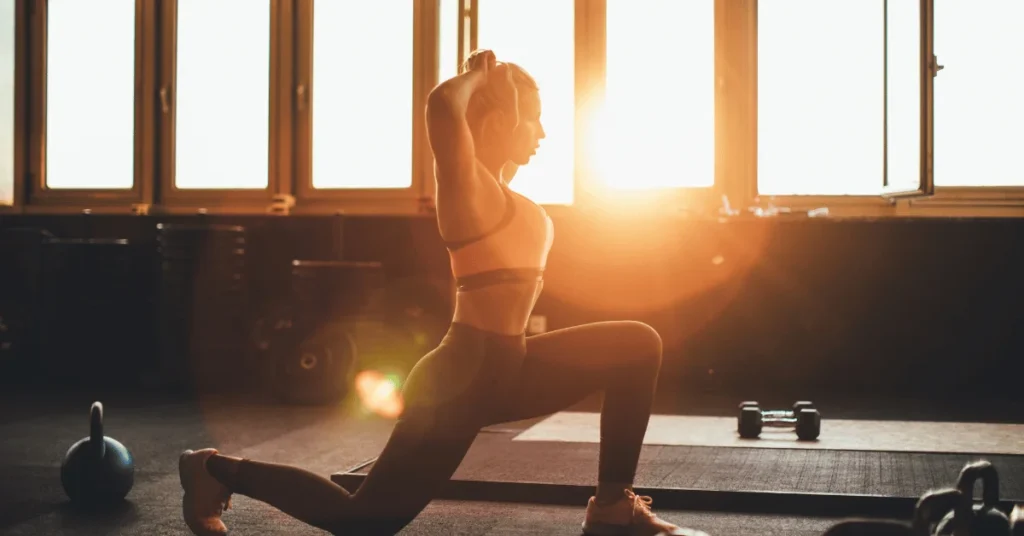
Focus on Compound Exercises
One of the key principles of minimalist training is to focus on compound exercises. These are exercises that work multiple muscle groups at once, such as squats, deadlifts, and bench presses. By focusing on these basic movements, we can build a strong foundation of strength and muscle that will serve us well in all areas of our fitness.
Prioritize Training Volume Over Variety
Another important principle of minimalist training is to prioritize training volume over variety. This means that we should focus on doing more sets and reps of the exercises that we know work, rather than constantly switching things up and trying new exercises. By doing this, we can ensure that we are constantly making progress and building strength gains over time.
Embrace Progressive Overload
Progressive overload is another key principle of minimalist training. This means that we should be constantly pushing ourselves to lift heavier weights or do more reps over time. By doing this, we can ensure that we are always challenging our muscles and forcing them to adapt and grow stronger.
Keep Workouts Short and Intense
Finally, it’s important to keep our workouts short and intense when how to train like a minimalist. This means that we should focus on doing a few basic exercises for a few sets each, rather than spending hours in the gym doing endless reps and sets. By keeping our workouts short and intense, we can ensure that we are making the most of our time and getting the best possible results from our training.
By following these essential principles of minimalist training, we can build a strong, efficient, and effective training routine that will help us achieve our fitness goals in a simple and straightforward way.
Building a Minimalist Training Routine

When designing a how to train like a minimalist routine, it’s important to focus on exercises that provide the most benefits in terms of strength gain and muscle mass. We can achieve this by incorporating compound lifts, which work multiple muscle groups at once, and selecting exercises that target large muscle groups.
Designing Your Workout Plan
To design a minimalist workout plan, we need to consider our goals and the time we have available for training. We can start by choosing a few key exercises that target the major muscle groups, such as squats, deadlifts, bench press, pull-ups, and rows. We can then organize these exercises into a simple routine that can be completed in a short amount of time.
Selecting the Right Exercises
When selecting exercises for our minimalist training routine, we should choose exercises that are effective and efficient. Compound lifts, such as squats and deadlifts, are great for building strength and muscle mass. We can also incorporate bodyweight exercises on our how to train like a minimalist attempt, such as push-ups and pull-ups, which can be done anywhere and require no equipment.
Determining Reps and Sets
To make progress in our minimalist training routine, we need to challenge our muscles by increasing the weight or reps we perform. We can start with a moderate weight and perform 3-4 sets of 8-12 reps for each exercise. As we progress, we can increase the weight and reduce the reps to 6-8 for strength gain or increase the reps to 12-15 for hypertrophy.
Incorporating Rest and Recovery
Rest and recovery are essential for making gains in our minimalist training routine. We should allow our muscles to recover for at least 48 hours between workouts and aim to get enough sleep and proper nutrition to support muscle growth. We can also incorporate rest days into our how to train like a minimalist routine to give our muscles a chance to recover and prevent overtraining.
Minimalist Training Techniques

Mastering the Core Lifts
The core lifts, such as squats, deadlifts, and bench presses, are essential to building a strong foundation. We prioritize mastering these lifts with proper technique and form. This not only helps us avoid injury but also ensures that we are getting the most out of each movement.
Understanding Intensity and Failure
We believe in training with high intensity but avoiding failure. We push ourselves to the limit during each heavy set, but we always leave a little bit in the tank. This helps us avoid burnout and injury while still making progress towards our goals.
Leveraging Supersets and Back-Off Sets
Supersets and back-off sets are great tools to maximize our training efficiency. We use supersets to work multiple muscle groups at once, reducing the time we spend in the gym. Back-off sets help us to increase volume and intensity without compromising our form or risking injury.
Minimalist Workout Examples
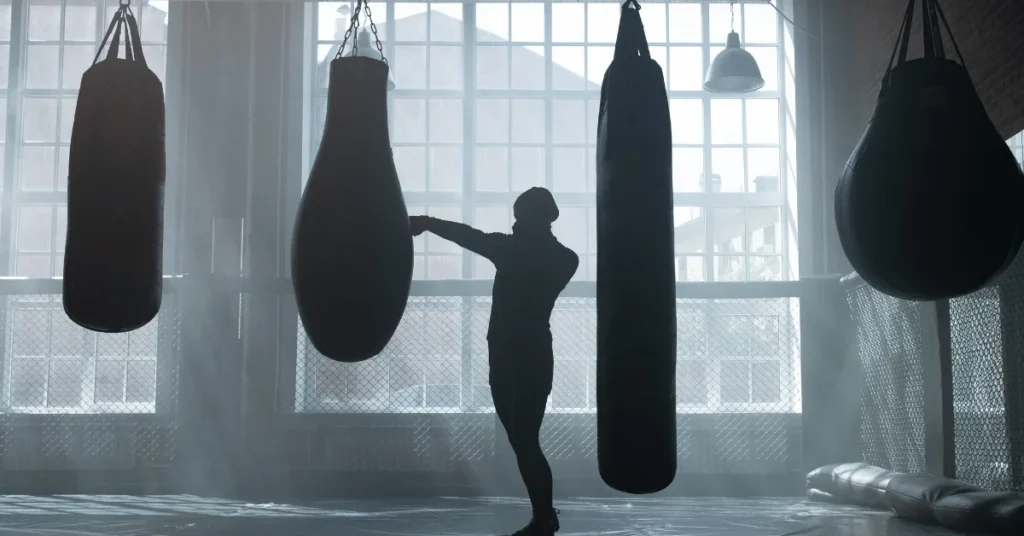
So how to train like a minimalist? Here are a few workout plans that follow this principle:
Full-Body Workout Plan
The full-body workout plan involves doing exercises that target your entire body in a single session. This plan is perfect for beginners who want to build strength and endurance.
Here’s an example of a full-body workout plan:
| Exercise | Sets x Reps |
|---|---|
| Squats | 3 x 10 |
| Bench Press | 3 x 10 |
| Dumbbell Row | 3 x 10 |
| Pull-Ups | 3 x 10 |
| Push-Ups | 3 x 10 |
| Lunges | 3 x 10 |
| Hamstring Curls | 3 x 10 |
This workout plan targets all the major muscle groups in your body, including your legs, chest, back, and arms.
Upper/Lower Split Routine
The upper/lower split routine involves dividing your workouts into two sessions – one for your upper body and one for your lower body. This plan is perfect for intermediate to advanced lifters who want to focus on building strength and muscle mass.
Here’s an example of an upper/lower split routine:
Upper Body
| Exercise | Sets x Reps |
|---|---|
| Bench Press | 3 x 8 |
| Dumbbell Row | 3 x 8 |
| Pull-Ups | 3 x 8 |
| Overhead Press | 3 x 8 |
Lower Body
| Exercise | Sets x Reps |
|---|---|
| Squats | 3 x 8 |
| Deadlifts | 3 x 8 |
| Lunges | 3 x 8 |
| Hamstring Curls | 3 x 8 |
This workout plan targets all the major muscle groups in your upper and lower body separately on your how to train like a minimalist journey, allowing you to focus on each muscle group more effectively.
Push/Pull/Legs Split Plan
The push/pull/legs split plan involves dividing your workouts into three sessions – one for your pushing muscles, one for your pulling muscles, and one for your legs. This plan is perfect for advanced lifters who want to focus on building strength and muscle mass.
Here’s an example of a push/pull/legs split plan:
Push Day
| Exercise | Sets x Reps |
|---|---|
| Bench Press | 3 x 8 |
| Overhead Press | 3 x 8 |
| Dumbbell Flyes | 3 x 8 |
| Tricep Extensions | 3 x 8 |
Pull Day
| Exercise | Sets x Reps |
|---|---|
| Dumbbell Row | 3 x 8 |
| Pull-Ups | 3 x 8 |
| Bicep Curls | 3 x 8 |
| Rear Delt Flyes | 3 x 8 |
Legs Day
| Exercise | Sets x Reps |
|---|---|
| Squats | 3 x 8 |
| Deadlifts | 3 x 8 |
| Lunges | 3 x 8 |
| Hamstring Curls | 3 x 8 |
This workout plan targets all the major muscle groups in your body separately, allowing you to focus on each muscle group more effectively while still maintaining a minimalist approach to training.
Adjusting Minimalist Training for Different Goals
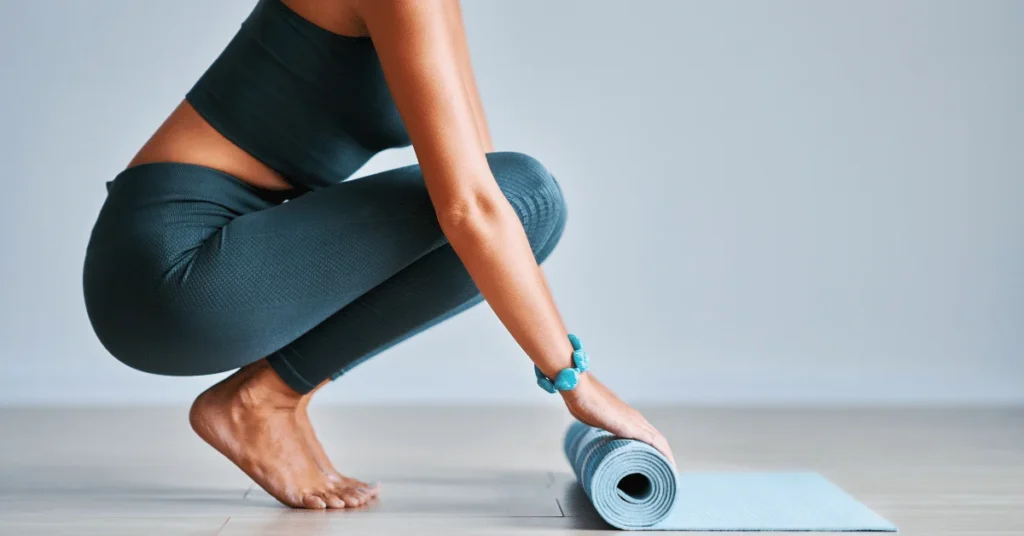
How to train like a minimalist with the Focus on Strength vs. Hypertrophy
If your goal is to build strength, you’ll want to focus on lifting heavy weights for low reps. On the other hand, if your goal is muscle hypertrophy, you’ll want to focus on lifting moderate weights for higher reps. With minimalist training, you can adjust your workouts to focus on either strength or hypertrophy by adjusting the weight and reps accordingly.
How to train like a minimalist for Weight Loss
If you’re looking to lose weight, minimalist training can be an effective way to do so. By incorporating cardio exercises into your minimalist workouts, you can burn calories and increase your heart rate. This can be done by adding in exercises such as jumping jacks, burpees, or jumping rope. Additionally, focusing on compound exercises that work multiple muscle groups at once can help you burn more calories and increase your overall fitness level.
How to train like a minimalist while adapting for Age and Fitness Levels
Minimalist training can be adapted to suit individuals of all ages and fitness levels. For older adults or those with limited mobility, bodyweight exercises can be a great way to build strength and improve overall fitness. For those who are more advanced, adding in weights or resistance bands can help to increase the intensity of the workout. It’s important to listen to your body and adjust your workouts accordingly to avoid injury and achieve the best results.
Equipment for Minimalist Training
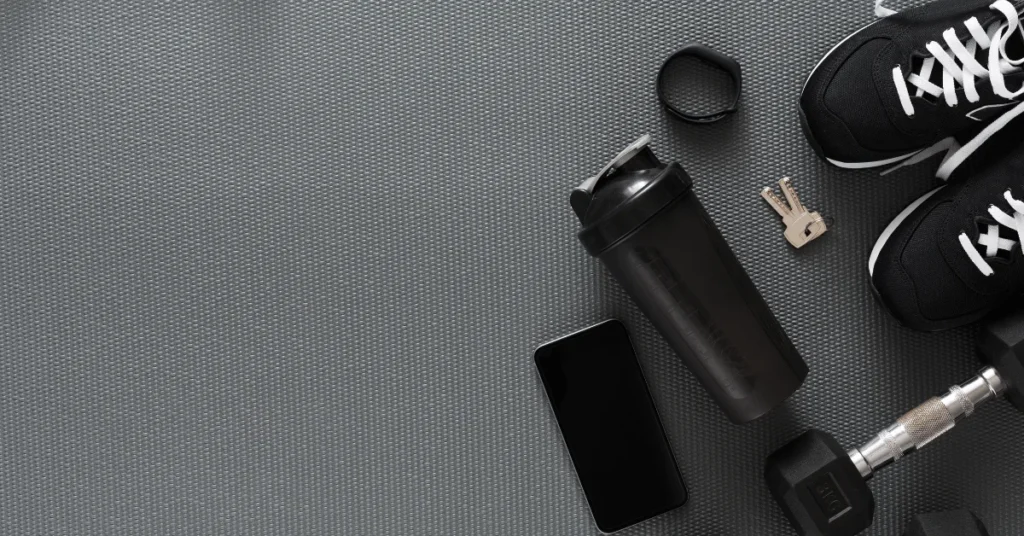
Choosing the Right Weights
Dumbbells and barbells are the most versatile pieces of equipment for minimalist training. We recommend investing in a set of adjustable dumbbells that allow you to increase or decrease the weight as needed. For barbells, we suggest a standard 45-pound barbell that can hold Olympic-sized plates.
For compound exercises like the barbell back squat and the deadlift, we recommend using a barbell. For isolation exercises like the lateral raise and calf raises, we suggest using dumbbells.
Utilizing Bodyweight Exercises
Bodyweight exercises are an excellent way to build strength and endurance without any equipment. Pull-ups, chin-ups, and push-ups are all great exercises that can be done anywhere.
We recommend incorporating bodyweight exercises into your routine, even if you have access to weights. They are an excellent way to add variety to your workout and challenge your muscles in different ways.
Incorporating Simple Equipment
While how to train like a minimalist focuses on using simple equipment, there are a few pieces of equipment that can be beneficial. A cable machine is a versatile piece of equipment that can be used for a variety of exercises.
Dumbbell machines like the leg press and the dumbbell press are also effective for building strength and muscle. We suggest incorporating these machines into your routine if they are available to you.
Overcoming Challenges in Minimalist Training

As with any training approach, minimalist training comes with its own set of challenges. However, with the right mindset and strategies, we can overcome these challenges and continue to make progress towards our goals.
Avoiding Plateaus
One challenge of minimalist training is avoiding plateaus in progress. Since we are using minimal equipment and focusing on simple, compound movements, it can be easy to hit a plateau in our gains and muscle mass.
To avoid plateaus, we need to constantly challenge ourselves by increasing the intensity or volume of our workouts. This can be achieved by adding weight, increasing reps, or shortening rest periods.
Dealing with Limited Equipment
Another challenge of how to train like a minimalist is dealing with limited equipment. While we may not have access to a full gym, we can still achieve a great workout with minimal equipment.
We can use bodyweight exercises, resistance bands, and simple equipment like dumbbells to create effective workouts. By focusing on compound movements and using the equipment we have available, we can still make significant gains in strength and muscle mass.
Staying Motivated with Minimalism
Finally, staying motivated with a minimalist approach can be a challenge. Without the pressure of a complex routine or fancy equipment, it can be easy to lose motivation or become bored with our workouts.
To stay motivated, we need to focus on the natural, fun aspects of minimalist training. We can enjoy the simplicity and ease of our workouts, and appreciate the gains we are making with a minimalist approach.
Measuring Progress and Success
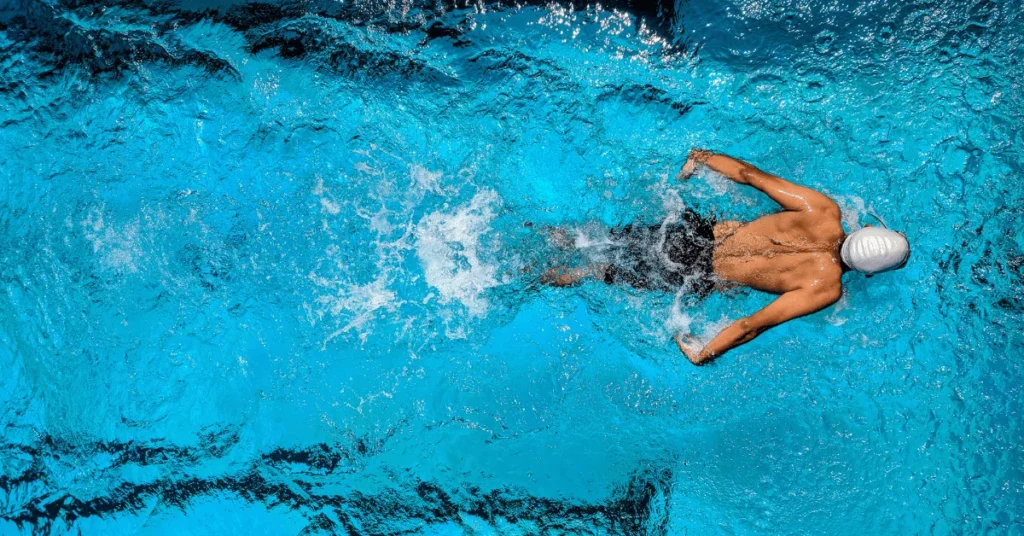
Tracking Strength and Muscle Gains
We believe that strength gains and muscle growth are important indicators of progress on how to train like a minimalist. To track our gains, we keep a record of our workouts and the weights we use for each exercise. This helps us identify areas where we need to improve and celebrate our successes. We also take progress photos to visually track our muscle growth over time.
Setting and Achieving Personal Goals
Setting realistic and achievable goals is crucial to measuring progress and success. We focus on setting goals that are specific, measurable, and realistic. For example, instead of setting a goal to lose 10 pounds in a month, we might set a goal to improve our squat form or increase our running speed. By setting goals that are within our reach, we can stay motivated and celebrate our successes along the way.
Influences and Case Studies
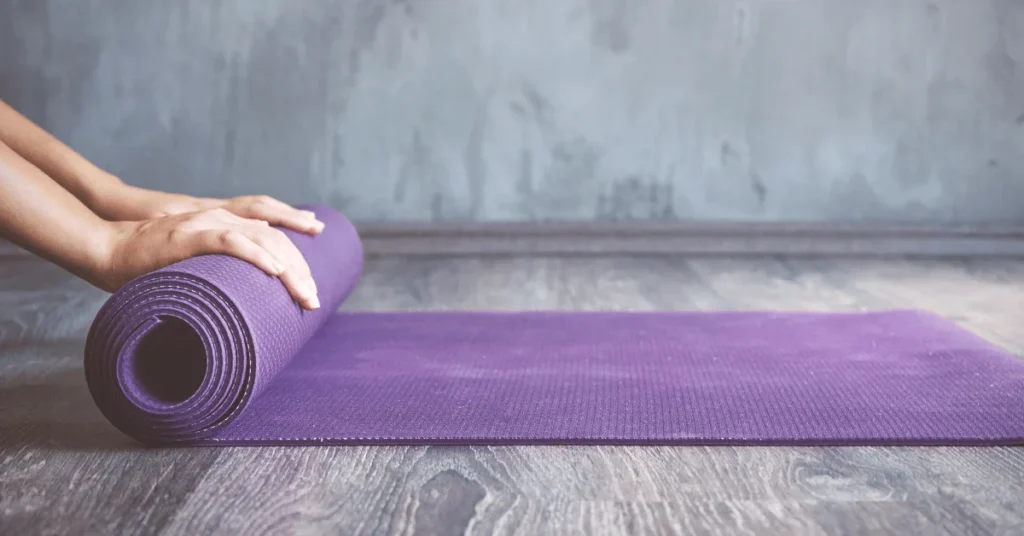
Influential Minimalist Trainers
When it comes to minimalist training, there are a few trainers who have made a significant impact on the fitness industry. Jeff Nippard, a Canadian powerlifter and natural bodybuilder, has gained a massive following on YouTube for his evidence-based approach to muscle hypertrophy and strength training. His videos on training volume and minimalist training have been particularly helpful for those looking to optimize their training while minimizing the time spent in the gym.
Another influential minimalist trainer is Pavel Tsatsouline, a former Soviet Special Forces instructor who popularized the kettlebell in the United States. His minimalist approach to strength training, which emphasizes heavy lifting and bodyweight exercises, has been adopted by many athletes and fitness enthusiasts looking to simplify their training.
Success Stories from Minimalist Athletes
In answering the question how to train like a minimalist, we look at certain success stories. There are many success stories from athletes who have adopted a minimalist approach to training. One notable example is Herschel Walker, a former NFL player and MMA fighter who has been vocal about his minimalist training regimen. Walker’s training consists primarily of bodyweight exercises such as push-ups, sit-ups, and pull-ups, along with sprinting and occasional weightlifting. Despite his minimalist approach, Walker has maintained impressive levels of strength and athleticism well into his 50s.
Another success story is Frank Zane, a former Mr. Olympia bodybuilder who is known for his minimalist approach to training and lifestyle. Zane’s training consists of only a few exercises per muscle group, with a focus on high intensity and quality of movement. He also emphasizes the importance of rest and recovery, as well as a balanced and healthy diet.
By looking at these influential trainers and success stories, we can find answers to How To Train Like A Minimalist. We see that minimalist training can be effective for a wide range of athletes and fitness enthusiasts. Whether you’re a powerlifter, bodybuilder, or simply looking to improve your overall health and fitness, a minimalist approach to training and lifestyle can help you achieve your goals with less time and effort.
Frequently Asked Questions
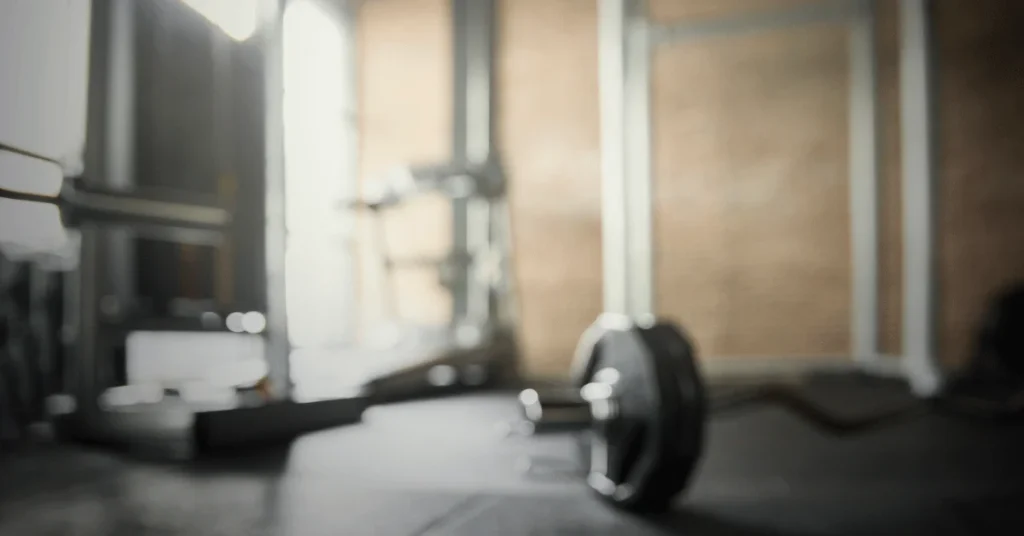
What are the core principles of how to train like a minimalist?
The core principles of minimalist training are to focus on compound exercises that target multiple muscle groups at once, to keep workouts simple and efficient, and to prioritize recovery and rest. This approach emphasizes quality over quantity, and encourages individuals to listen to their bodies and avoid overtraining.
How to train like a minimalist while achieving full-body strength?
Full-body strength can be achieved with a minimalist workout by incorporating compound exercises that engage multiple muscle groups, such as squats, deadlifts, push-ups, and pull-ups. It is important to gradually increase the weight and intensity of these exercises over time to continue building strength.
What are effective bodyweight exercises for minimalist training?
Effective bodyweight exercises for minimalist training include push-ups, pull-ups, squats, lunges, planks, and burpees. These exercises for how to train like a minimalist can be modified to increase or decrease the difficulty level, and can be done anywhere without the need for equipment.
Can you build muscle with minimalist strength training programs?
On your quest on how to train like a minimalist, you can build muscle with minimalist strength training programs. Simply focus on a progressive overload and gradually increase the weight and intensity of your exercises. It is also important to ensure that you are consuming enough protein and calories to support muscle growth.
How often should you train for optimal results with a minimalist approach?
For optimal results for the question on how to train like a minimalist, it is recommended to train 2-3 times per week, with at least one rest day in between workouts. This allows for adequate recovery and prevents overtraining on your journey of how to train like a minimalist.
How to train like a minimalist with a a suitable workout routine for beginners?
A suitable minimalist workout routine for beginners could consist of 3-4 compound exercises, such as squats, push-ups, pull-ups, and lunges, performed for 3-4 sets of 8-12 reps each. This can be done 2-3 times per week, with at least one rest day in between workouts. As strength and endurance improve, exercises can be modified or added to continue progressing.
We’ve delved into the question How To Train Like A Minimalist and the related minimalist training techniques, but your input matters!
Share your unique methods for training like a minimalist. Join the discussion below!


